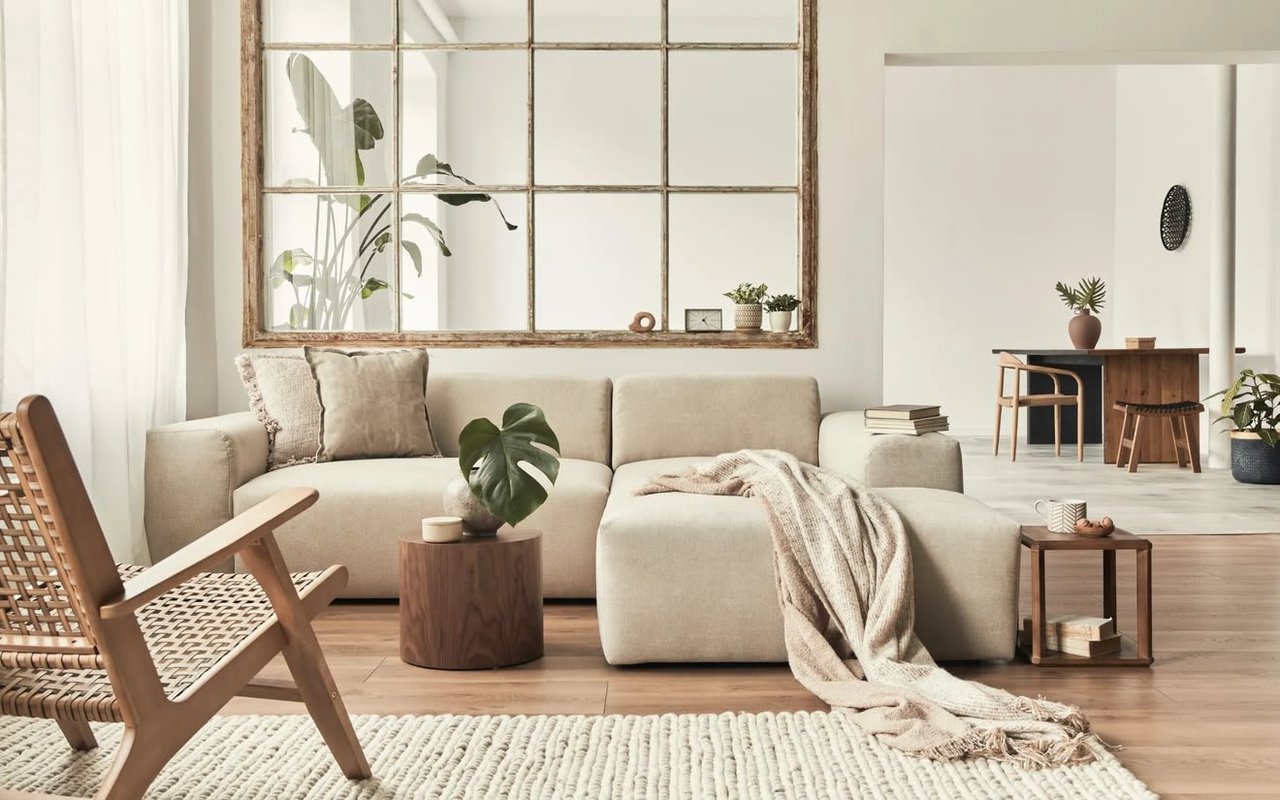
Top 7 Most Important Design Center Tips for New Construction Homes in Las Vegas
Buyer Video Teresa McCormick September 4, 2024
As I embark on the journey of selecting options at a new construction design center, one thing stands clear to me: setting a budget is paramount. It’s a cornerstone that not only guides my decisions but also ensures I remain grounded amid the vast array of choices available. Before I even step foot in the design center, I make it a priority to establish a clear limit on what I’m willing to spend, whether that’s $5,000 or $150,000 for upgrades. Trust me, this preparation is crucial.
Now, let’s be real—entering a design center can feel like walking into a candy store. Everything is dazzling and tempting, which is why having a predetermined budget serves as a safety net. I can’t stress enough how easy it is to get swept up in the excitement and overspend when faced with beautifully crafted options. A study highlights that up to 70% of new homeowners tend to exceed their budget on design upgrades due to a lack of preparation. I’ve seen it happen too many times, and I’m here to help you avoid that pitfall.
The next step is to differentiate between structural and design elements. In my experience, structural choices—like adding a fireplace or determining the ceiling height—must be addressed early as they are often more challenging and costly to change later. If I have in mind what my “must-haves” are before browsing the design options, I stand a much better chance of making sound choices. I make it a habit to take home the structural options sheet provided by the builder’s representative. Spending a night reflecting on these critical decisions avoids impulsive choices made under pressure. It’s paramount to rest and think things through.
Moreover, I learned early on that understanding renovation costs can significantly influence my selections. With my firsthand experience in rehabilitation projects, I’ve witnessed how comparing builder pricing to external vendors has yielded substantial savings. For example, if a builder quotes $45,000 for vinyl plank flooring, yet my trusted vendor from Floor and Decor offers it for just $12,000, the difference is staggering. This knowledge empowers me to make educated decisions rather than just going with the builder's pricing without question.
As I navigate my selections, I also find it incredibly useful to ask builders for multiple pricing scenarios. During initial meetings, I leverage this strategy to explore different options and offer me various configurations. This allows me to contemplate my selections before the final meeting, where I can review decisions in a more relaxed environment rather than feeling rushed.
Documentation is another key area I emphasize. I make a habit of taking photos and detailed notes during meetings, particularly when splashed with choices. My memory, like many others, can falter, so I need all the help I can get to prevent any missteps. It’s paramount to triple check every selection before signing off on anything, as the complex systems builders use can lead to easy mistakes.
Focusing on specific recommendations, I firmly believe that the kitchen should take precedence if my budget allows for upgrades after addressing the structural elements. The kitchen is the heart of any home, after all. For example, one of my top recommendations is extending kitchen cabinets to the ceiling for maximized storage, coupled with under-cabinet lighting that adds both ambiance and sophistication to the space.
Conversely, there are upgrades I advise against doing with the builder. Things like lighting fixtures and cabinet hardware are best selected post-construction, as they allow for more personal touches and are often inflated in cost through builders. Similarly, opting for flooring, paint, and wallpaper after construction usually provides better customization options and financial flexibility.
There’s also a "maybe" category in my recommendations concerning builder appliances. If the builder's offerings don’t meet my particular needs, I’m keen to explore external options. When it comes to tilework, while many can wait until later, there are specific instances where the builder's selections might be worthwhile due to quality. Countertops fall into this undecided space as well; if the builder can provide the sought-after quartz, it might make sense to accept their offer rather than sourcing it independently.
The crux of my journey in home construction lies in navigating through the dynamic world of upgrades, all the while keeping a firm grip on my budget. Understanding how to prioritize and locate value will be the guiding compass through this entire wonderful endeavor. It’s about building a home that reflects my preferences while ensuring sound financial practices, and this journey ultimately empowers me to make meaningful decisions about my new space.
When venturing into the world of home construction and upgrades, one of the most vital steps is to clearly identify your non-negotiables. These are the features and aspects of your home that you absolutely cannot compromise on. In my experience, having this concrete list of must-haves not only keeps you focused but also empowers you to make informed decisions when interacting with builders.
Before even stepping foot into a design center, I suggest making a comprehensive list of your essential features. Take a moment to reflect on what elements you envision in your dream home. For instance, do you absolutely need an open floor plan? Is a gourmet kitchen with high-end appliances a non-negotiable feature for you? Perhaps you wish for a specific ceiling height or want to ensure there’s a dedicated space for a home office. By clearly defining these criteria, you’ll steer clear of unnecessary stress during discussions with builders.
"Knowing what you can't live without can save you time, money, and heartache in the long run." - Expert Builder
After you’ve created your list, my next recommendation is to take home the structural options sheet provided by your builder. This document outlines various structural choices, including upgrades that may significantly alter the home’s footprint or functionality. It’s wise to take it home and spend a night reflecting on these options. This pause not only allows you to review but also gives you the opportunity to sleep on your decisions, so you aren’t rushed into commitments under pressure. Trust me, walking in with clarity can dramatically change the experience.
While contemplating your options, it’s crucial to understand the long-term costs associated with changes made after the construction. Structural alterations can be considerably more expensive than design changes. For instance, deciding on structural changes early can save homeowners between 20-40% in long-term costs. That’s a significant amount that could be better allocated to other aspects of your home. Think about features like adding a balcony or fireplace; deciding these early can save you from a major headache later.
As you navigate through the decision-making process, creating a balance between what’s essential and what can be considered later is key. I encourage evaluating potential costs for structural changes versus design alterations. Renovations and afterthoughts can quickly lead to extensive expenses, particularly when they impact the structural integrity of your home. My experience in rehabilitation projects has shown that understanding the cost comparisons between builder pricing and external vendors can lead to substantial savings.
For instance, let’s say the builder quotes $45,000 for a beautiful vinyl plank flooring option, but after a bit of research, you discover that a preferred vendor can offer it for $12,000. That’s a difference that empowers you to make educated choices without straying from your budget.
The beauty of constructing a home lies in the choices that reflect your personality and preferences. By effectively understanding your non-negotiables and having a solid strategy in place, your journey through home design can transform from a stressful process into an empowering experience. Always keep your priorities straight, and don’t let yourself get overwhelmed in the moment.
When embarking on the exciting journey of home construction or renovation, informed choices are vital. My experience in assisting homeowners has highlighted several tools and strategies that can help maximize your investment while ensuring your selections meet both aesthetic desires and practical needs.
First, let’s delve into the pivotal role of comparison tools. These resources allow you to evaluate builder quotes comprehensively. In my practice, I often advise clients to gather multiple estimates for the same upgrades from various builders. This not only helps in identifying potential discrepancies but also empowers you to navigate the often intricate world of home upgrades. Whether we’re discussing flooring options or kitchen enhancements, having concrete data makes the decision-making process significantly lucid.
Asking for multiple pricing scenarios is another strategy I’ve found immensely helpful. During initial consultations, it's vital to request various options that reflect different scenarios. For example, consider the impact of choosing premium fixtures versus standard ones — the difference in aesthetic appeal and investment can be striking. You might find that a small increase in your initial expense could yield a substantial return on investment, particularly if it improves the overall functionality and style of your home.
Moreover, when evaluating each decision, I encourage homeowners to reflect on how their choices will affect the resale value of their property. Investments in certain upgrades, such as high-quality countertops or energy-efficient fixtures, typically provide impressive returns. Data suggests that upgrades like ceiling fans and modern lighting tend to yield a return on investment between 75-100%. This emphasizes the importance of making educated choices that not only enhance your living space but also contribute positively to your home’s market value.
"Knowledge is power, especially when it comes to making your home your own." - Renovation Expert
One common misstep that I often see is homeowners not taking the time to understand the actual costs associated with various upgrades. As I guide clients through this process, I emphasize that being well-versed in material costs can prevent overpayments — a common pitfall in new construction. For instance, I once had a client who was quoted $45,000 for a flooring upgrade. After suggesting they explore options with an independent vendor, they discovered the same high-quality flooring available for just $12,000. Understanding the value and cost of these materials transformed their renovation budget.
Documentation is a critical component of this process. I advise my clients to take detailed notes and photographs during meetings at the design center. The multitude of choices can be overwhelming, and having records to refer back to prevents the risk of making uninformed decisions under pressure. It’s astonishing how easily details can slip your mind amidst such excitement!
In summary, employing these strategies will not just enhance your experience as you make educated selections but will also lead to enriched financial outcomes. Whether it's through gathering multiple quotes, understanding costs, or recognizing the importance of future-proofing your decisions, each step you take is integral to crafting the perfect home tailored to your unique needs. Embracing a knowledgeable approach to your upgrades can set the stage for a rewarding investment in your future.
When embarking on the journey of designing your new home, the excitement can often overshadow the importance of meticulous planning and documentation. From the moment you step into the design center, it's crucial to arm yourself with effective strategies that can help streamline your decision-making process. One of the most significant pieces of advice I can offer is to prioritize documentation during your visits. Not only will this aid in recalling specific choices made under pressure, but it will also significantly reduce stress in follow-up meetings.
In my experience, taking numerous photos of your selections is invaluable. Each design center offers an array of materials and colors to choose from, and it's easy to get overwhelmed. By snapping pictures of your preferred options—be it flooring, countertops, or paint colors—you create a visual reference that you can revisit later when everything is still fresh in your mind. This practice can save you from the headache of trying to remember exactly what you liked or how a certain texture or hue looked in a specific lighting. As the saying goes,
"A picture is worth a thousand words, especially when you're making choices that last a lifetime." - Design Consultant
Along with visuals, keeping detailed notes is a practice I highly recommend. It’s not just about jotting down options but contextually capturing your thoughts, feelings, and any benefits or drawbacks associated with each choice. For instance, if you’re debating between two types of countertops, I suggest writing down the pros and cons for each selection, including any relevant pricing details. These notes can provide clarity when you're later faced with similar choices, especially during the second meeting. Having a comprehensive record of what you’ve considered can help streamline your decision-making process.
Creating a systematic approach to organizing your selections is an important method I employ. Whether it’s digital folders on your computer or a physical binder with labeled sections, find a method that works for you. I often recommend categorizing options by room or type of upgrade, which can prevent the chaos that tends to ensue once you start mixing everything together. I can’t stress this enough: a well-organized system not only saves time but reduces the chances of making mistakes, especially when you're trying to recall decisions made months earlier.
Research supports that homeowners who diligently maintain records about their selections can experience substantially less stress in follow-up meetings—up to 50% less, in fact. This statistic resonates deeply with me, as I have seen first-hand how my clients navigate their design processes with confidence when they have their options laid out clearly before them. Visually referenced selections combined with organized notes help in creating an environment where choices feel less rushed and more deliberate.
Moreover, jotting down notes during the design meetings can assist in recalling specific choices made, particularly when you’re bombarded with an array of possibilities. Feeling overwhelmed is common, but being able to refer back to conversations and options discussed can dramatically ease any apprehension. By documenting everything, you're not just preparing yourself; you’re empowering your future self to make better decisions.
Integrating visual references into your design documentation can truly elevate your understanding of your selections. For instance, when reviewing photos from the design center, consider how each choice interacts with the overall aesthetic of your space. Does the backsplash complement your cabinets? How does the flooring coordinate with the cabinetry? These visual cues, coupled with your detailed notes, create a holistic view of your choices and can be particularly helpful when making final decisions.
Ultimately, the journey of creating your dream home should be exciting, not stressful. With a focus on thorough documentation, leveraging photo references, and maintaining organized records, you can navigate the design center experience with confidence, clarity, and enthusiasm. Remember, this is not just about making choices; it’s about making informed, intentional decisions that will define your living space.
As I finalize my own selections at the design center, I find that the journey requires not only excitement for what’s to come but a rigorous diligence in checking every detail. This isn’t just a step; it’s a critical phase that could potentially save hundreds, if not thousands of dollars, in unforeseen alterations down the road. Double-checking every aspect before signing those all-important contracts becomes paramount.
Firstly, I understand that mistakes can happen, and trust me, I’ve witnessed them both personally and professionally. Imagine arriving at your new home only to discover that crucial outlet wasn’t placed where you needed it, or worse, the finishes chosen don't align with your vision. Before I commit to anything, I make it a rule to scrutinize the fine print and confirm that each selection is accurately represented. I recall a friend of mine who overlooked a small detail in a contractor's quote—it ended up costing them dearly in change orders later on. It’s this type of situation that fuels my belief in careful review.
Next, it’s vital to inquire about the potential flaws in builder processes. I’ve often advocated for open communication lines with builders, as transparency significantly mitigates risks. The reality is, even the most reputable builders can have hiccups in their operations. So after I evaluate my choices, I take the initiative to ask about the tools and systems in place that help minimize errors. Many builders utilize checklists or software specifically designed to streamline this process. However, relying solely on them isn’t enough; personal diligence on my part is essential to ensure that all selections align perfectly with my expectations.
Furthermore, I always make sure to discuss flexibility in choices with my builder. It is common for individuals to feel pressured to finalize selections quickly, but I’ve learned that it is entirely acceptable to request the option for later modifications, especially when it comes to aesthetic choices. Remember, I’m not just securing a house; I’m crafting a home for myself and my loved ones. And flexibility can mean the difference between a good home and a dream home.
"Mistakes happen, but your diligence can save thousands!" - Industry Veteran
Despite the tools builders implement to minimize errors, my experience tells me that involving myself deeply in this phase truly pays off. There’s a certain satisfaction in knowing that I’ve taken every possible measure to ensure accuracy. After all, I don't want to cement decisions today that I may regret tomorrow. With this mantra guiding my work, I believe communication with my builder plays a crucial role. Whether via email or phone calls, I maintain a direct line of communication to clarify any points of confusion. This attention to detail enhances my confidence in the process and paves the way for a smoother construction experience.
The overall goal in these final checks is to transform the stressful nature of home building into a more manageable and genuinely satisfying endeavor. When all is said and done, the key lies in embracing these final decisions with an informed perspective. Emphasizing thoroughness in every segment—selection, understanding builder constraints, and painting a clear picture of flexibility—ensures that I’m making choices today that resonate positively in the future.
In summary, gearing up for contract signing requires more than just excitement; it mandates an unwavering eye for detail. By seeking clarity on builder processes, ensuring communication remains open, and maintaining vigilance through the selection process, I empower myself to foster a foundation for success. It’s all about making informed choices—because in the realm of new construction, knowledge truly is power.
Stay up to date on the latest trends in real estate.
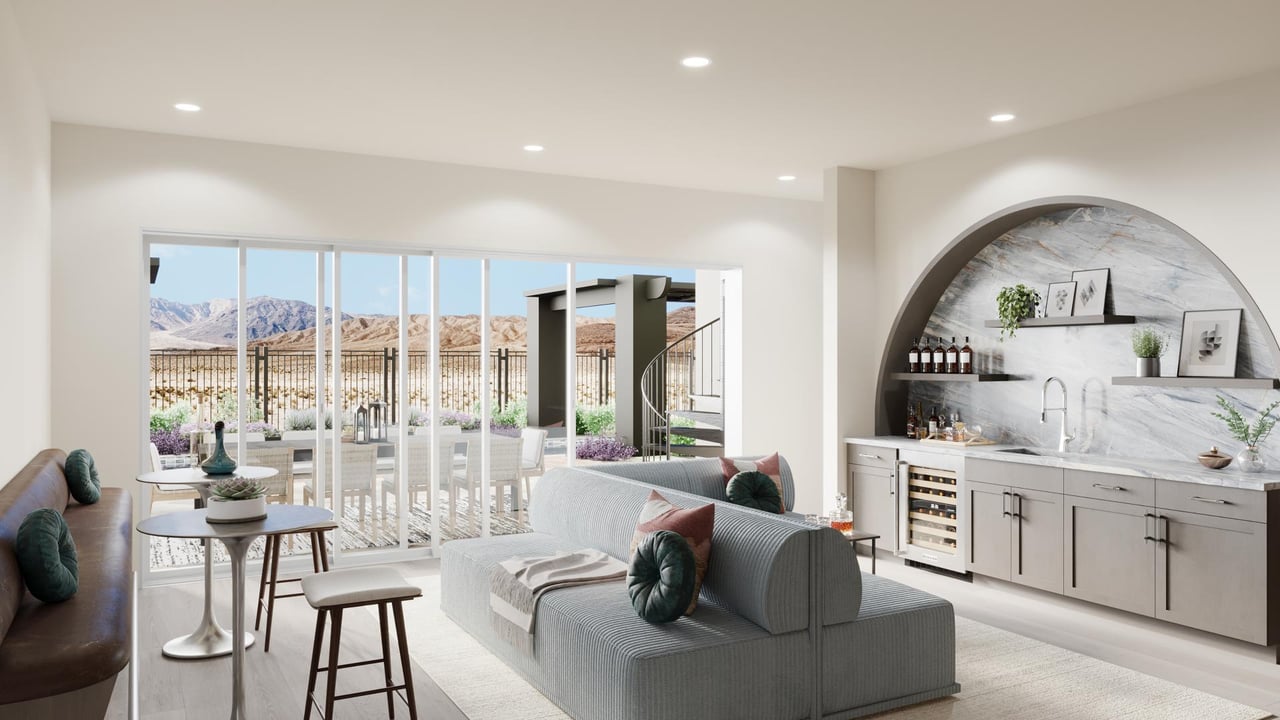
Neighborhoods
Teresa McCormick | December 6, 2025
(Pricing, Upgrades & Must-See Features)

December 4, 2025
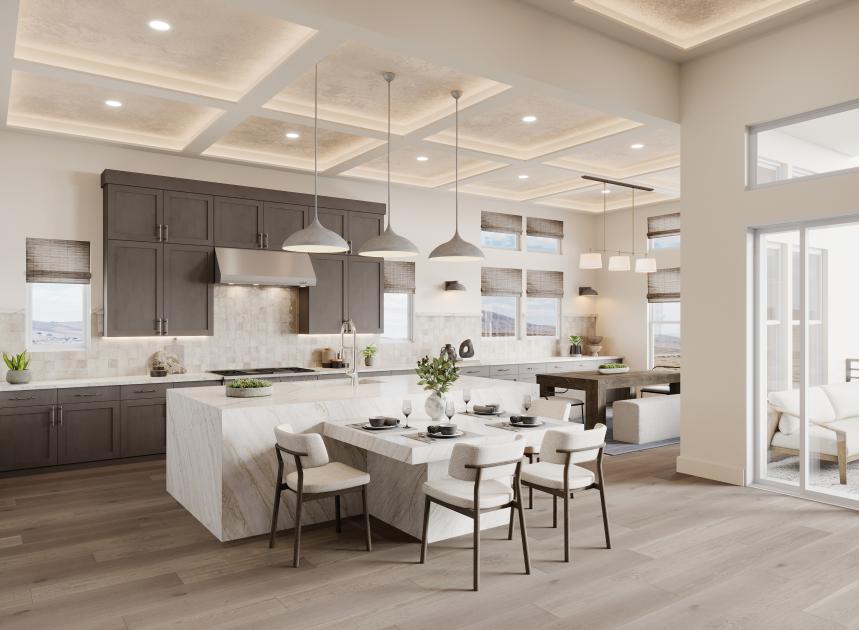
Neighborhoods
Teresa McCormick | November 29, 2025
Floor Plans, Design Tips & What Buyers Need to Know
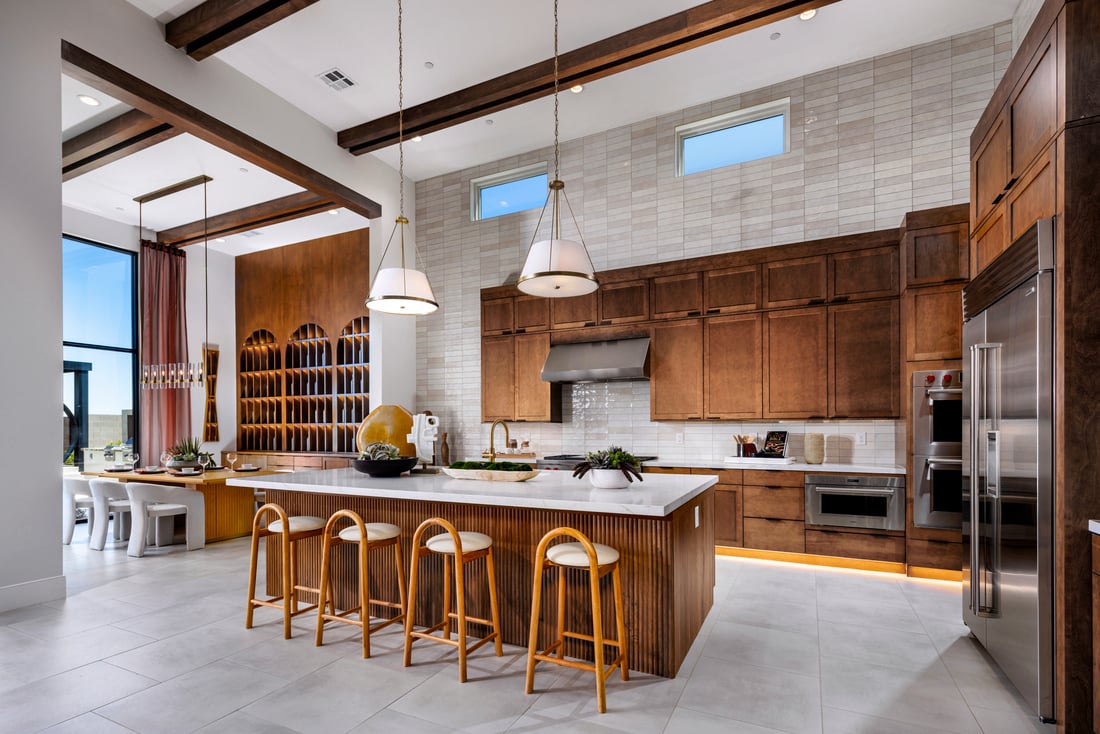
Neighborhoods
Teresa McCormick | November 24, 2025
A Design-Forward Look Inside One of Las Vegas’ Most Exciting New Communities

November 21, 2025

November 21, 2025

Buyer Video
November 13, 2025
Resort-Style 55+ Living Meets Las Vegas Adventure: Inside Trilogy Sunstone
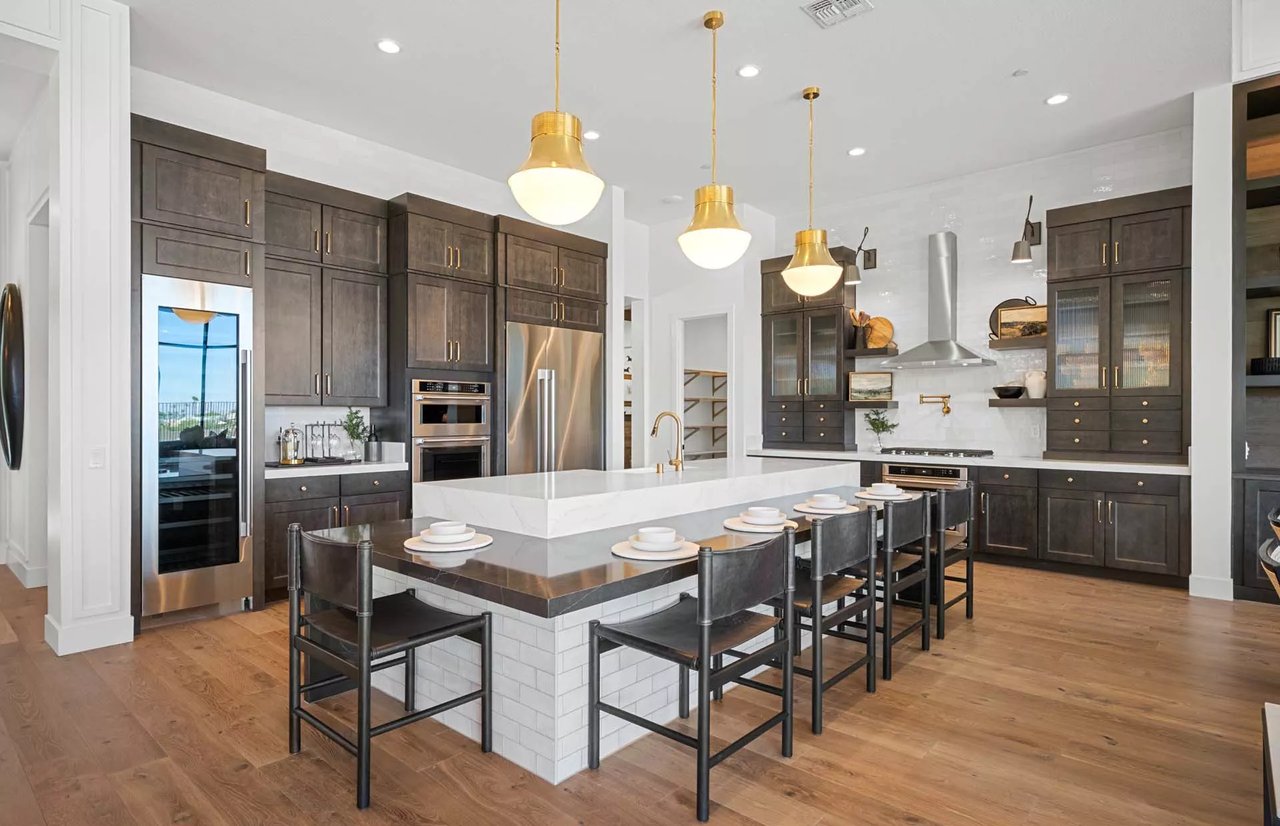
Seller Video
November 6, 2025

November 6, 2025
Whether you're buying your first home or selling a cherished family property, I'm here to support you every step of the way, ensuring your real estate experience is positive and rewarding.